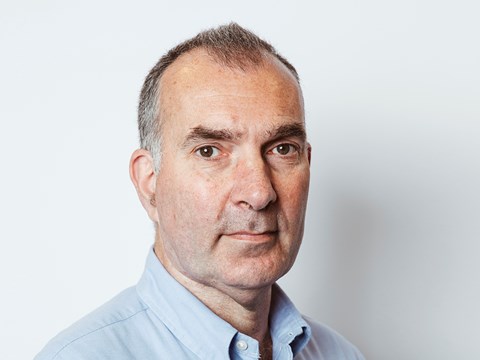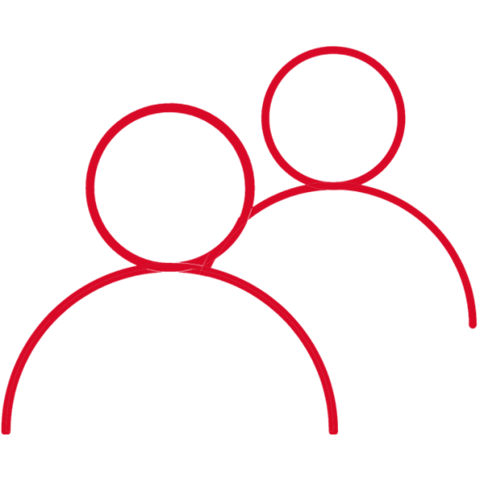AdForum: Reflections on week in NYC
28 May 2025
Spending a week meeting with 20 agencies of all shapes and sizes provides the opportunity to look beyond the immediate demands of the email ‘to do’ list and consider the current state of the communications agency landscape.
The 2025 AdForum Global Summit in New York has just finished and I’m capturing my reflections as I wait for my flight to Chicago for some well-earned rest.
Alongside colleagues and consultants from Europe and North America we met with heritage holding companies, 21st century holdcos, advertising agencies (no one is just an advertising agency these days), digital media agencies, social and influencer agencies and creative studios.
Across the course of the week there were five themes that I discerned, and while I don’t claim these are representative of what’s happening across the whole communications agency landscape, I’m willing to bet they are not too far from it.
Homogenisation across the heritage holding companies
From a CMOs perspective I can see the challenge for the heritage holdcos being that they are more similar than different to each other. Of course, they each have their particular operating model with indistinguishable nomenclature, but they can end up looking like the British one, the American two, soon to be one, the Japanese one and two French options.
This does a massive disservice to the differences between the holdcos, but what it does mean is that the significance of the leadership, culture, people and creativity is even more important, and is what can make the difference.
LLMs, AI, Technology and Data
It was not until our penultimate meeting of the week with Orchard that we sat through a presentation that didn’t mention LLMs, artificial intelligence, technology or data, for which, by the way, they were to be applauded.
But as we all know this is current and undoubtedly the long-term investment arms race and battleground for agencies with deep pockets (or their PE backers, with even deeper pockets).
All the companies with which we met gave compelling arguments and evidence for the superiority of their market offering, with some suggesting real competitive advantage.
Now there are others much smarter than me who can unpick the differences and even challenge some of the claims made, but I suspect, once the credibility threshold has been passed, marketers will pay their money and make their choice.
Compensation is moving towards an output-based approach
All types of agencies offering very different services from the palette of marketing communications are trying to move to an output-based remuneration construct as standard and away from hours-based payment.
We should be asking ourselves why it has taken so long, but the good news is that there is real momentum in this approach which is to be welcomed by brands as much as it is by agencies.
The next challenge is for outcome-based remuneration to become more prevalent and not the sole domain of performance-based marketing. But it is coming.
Networks vs Independents is a redundant comparison
I’ve always been surprised by the inability of networked agencies to argue the benefits of their scale, resources, investment, bench strength and more, in the way that independent agencies have been able to argue the benefits of their independence with much greater ease.
Of course, it has been perhaps easier for the independents that have used networks as the enemy in a way that can’t be reciprocated by those networks.
But arguments like we care more or it means more to us that I will often hear from independent agencies are patently not true. The many talented people that work for network agencies don’t care any less, they are not indifferent to the quality of thinking, work and service they deliver to their clients. Of course they aren’t.
Each network or holding company will have their challenges, some more vigorously reported that others, but I believe this axis of comparison is now redundant as technology and ways of working have evolved to the point where agency location and size should not be used as discriminatory factors when considering agency partners.
Global campaigns can be delivered by small (in headcount) agencies; Orchard based out of New York or Forsman and Bodenfors out of Gothenburg are two such examples. Just as scale agencies can offer a range of services to financially challenged brands that their budgets would have formerly suggested such agencies would be out of reach to these clients; the greatest proportion of any of the major media agencies is mid-sized clients.
We encourage the marketers with which we work to look beyond the superficial network vs independent comparisons to those that offer a more meaningful insight into an agency across hard measures such as technology, data, analytics and operational capabilities, and softer measures such as leadership, culture talent and creativity, my fifth observation below.
The best measure of an agency is leadership, culture talent and creativity
As I have indicated in some of my observations above, the differences between agencies, networks and holding companies are becoming more difficult to identify, particularly for CMOs, their teams and procurement colleagues who are not close to the agency marketplace.
A week spent meeting with all kinds of agencies reinforced my long-held belief that the meaningful differences between agencies are their leadership, people, culture and creativity.
It starts with a strong and stable agency leadership; the most successful agencies will point to this as the foundation of the agency’s success. Look to VCCP or Leo Burnett in the UK or Anomaly and Bulletproof globally as examples.
From this leadership comes an agency’s culture, which is a vital ingredient to how an agency performs and the talent it attracts. As Christ Hirst has written, culture is a hard and differentiating asset that the most successful agencies cultivate and protect.
Some things haven’t changed in our industry, one of them being the recognition that an agency’s most precious and significant assets ride the elevators every day and leave at the end of the day, the rest is desks, laptops and photocopiers!
OK, so there have been post pandemic changes, but my point is essentially a sound one.
All of this is in service of creativity, which is the business accelerant that sets agencies and the impact they have on their clients’ business apart.
I was reassured by the recognition of the power of creativity and impressed by examples from agencies with all types of different superpowers.
So, after a week in New York meeting with all manner of agencies, these are the reflections that stayed with me, some or all of which you may recognise.
And, with impeccable timing, my flight to the Windy City has just been called.
About The Author




